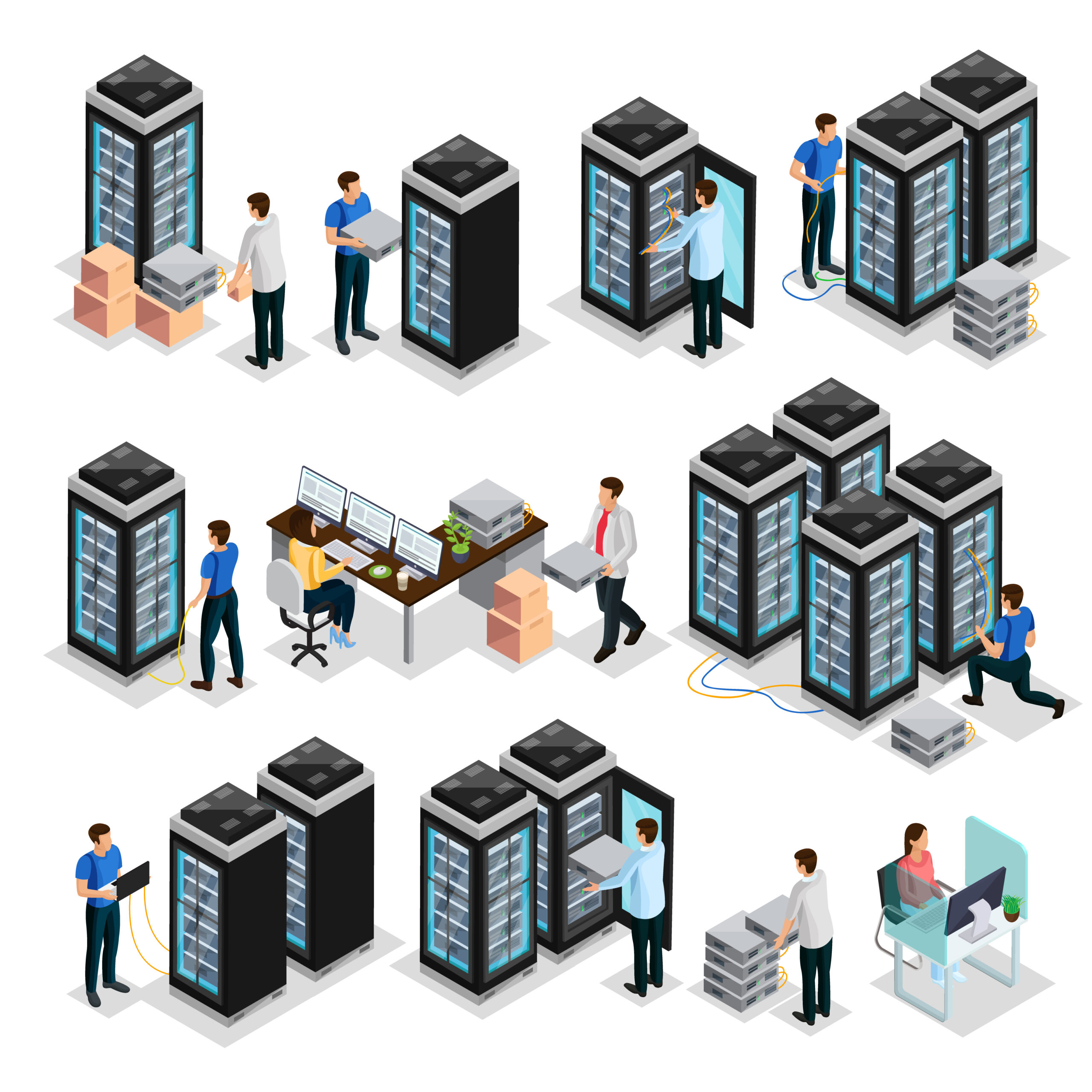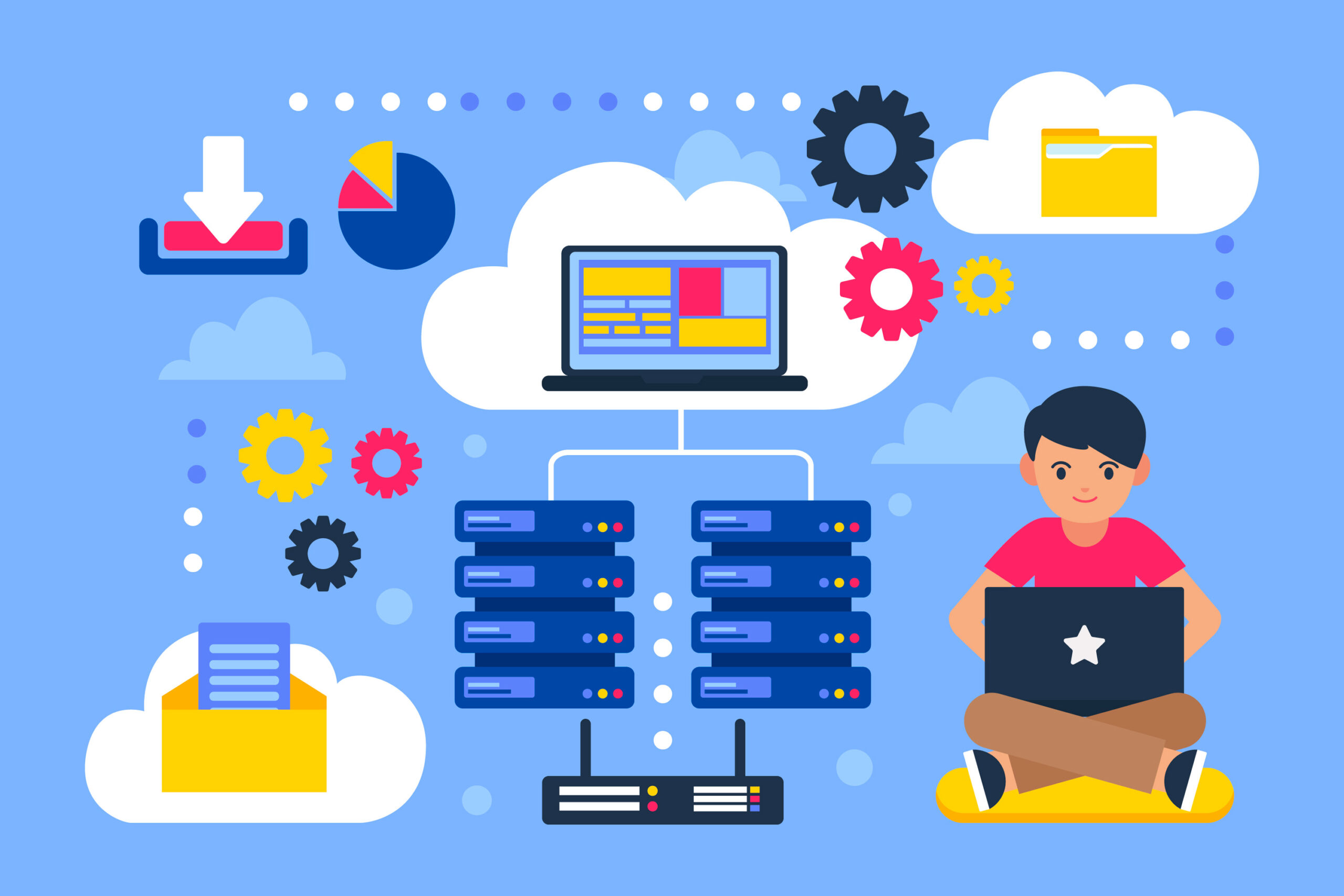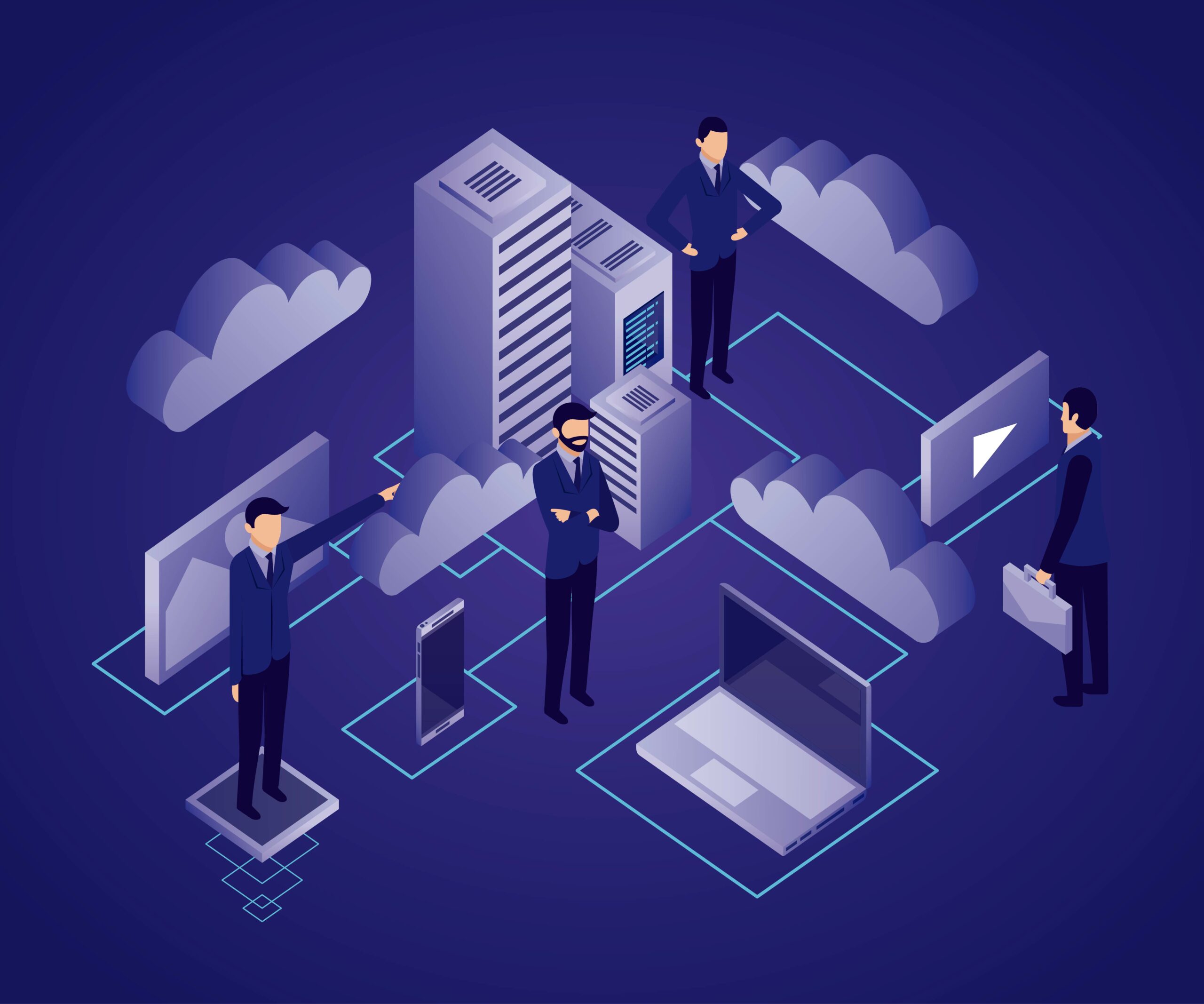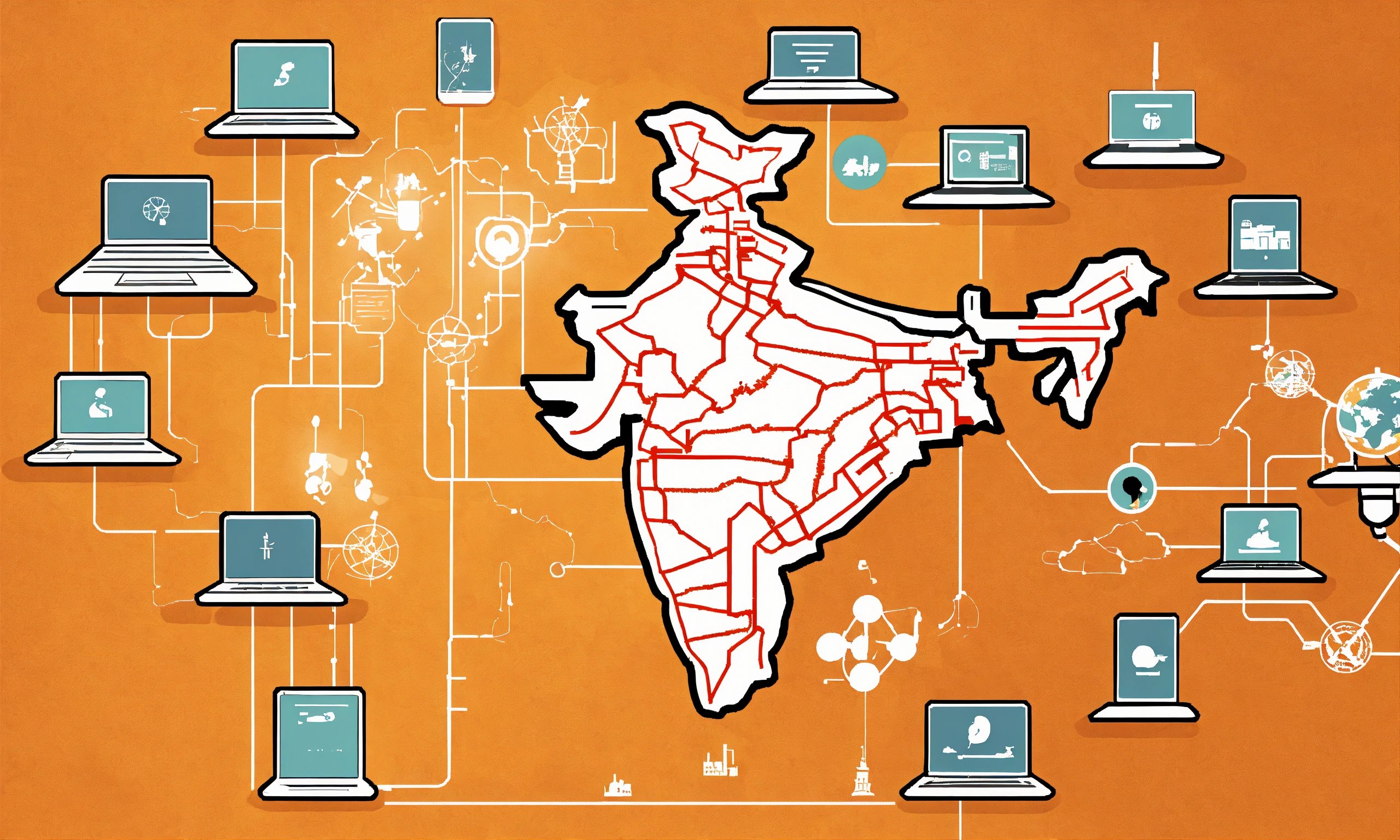Navigating Tomorrow: IT Infrastructure Solutions Reshaping Business Landscapes in 2024
Introduction: In today’s dynamic business environment, the role of IT infrastructure solutions has evolved significantly. As we move forward into 2024, businesses are embracing innovative technologies to enhance efficiency, scalability, and security. This blog explores the transformative impact of IT infrastructure solutions on businesses in the coming year. The Evolution of IT Infrastructure Solutions: Integration of AI and Machine Learning: AI-driven infrastructure solutions optimize operations and enhance decision-making processes. Edge Computing: Edge infrastructure solutions enable real-time data processing and analysis, empowering businesses with instant insights. Hybrid Cloud Adoption: Hybrid cloud solutions offer flexibility and scalability, allowing businesses to seamlessly manage workloads across multiple environments. Enhancing Efficiency and Productivity: Automation and Orchestration: Automated infrastructure solutions streamline workflows and minimize manual intervention, boosting productivity. DevOps Practices: DevOps-centric infrastructure solutions facilitate collaboration between development and operations teams, accelerating software delivery and deployment. Containerization: Containerized infrastructure solutions provide portability and scalability for modern application development and deployment. Ensuring Security and Resilience: Zero Trust Architecture: Zero trust infrastructure solutions enhance security by continuously verifying user identities and device integrity. Cybersecurity Analytics: Advanced analytics-driven infrastructure solutions enable proactive threat detection and mitigation. Disaster Recovery and Business Continuity: Robust infrastructure solutions ensure data resilience and business continuity in the face of disasters. Empowering Digital Transformation: IoT and Edge Computing Integration: IoT-enabled infrastructure solutions drive innovation by harnessing data from connected devices and sensors. 5G Connectivity: 5G infrastructure solutions enable high-speed, low-latency connectivity, unlocking new opportunities for digital transformation. Blockchain Integration: Blockchain-based infrastructure solutions enhance data integrity, transparency, and security in various business processes. Future Trends and Predictions: Quantum Computing: Quantum infrastructure solutions hold the potential to revolutionize computing power and unlock new possibilities in data processing and cryptography. Extended Reality (XR): XR infrastructure solutions enable immersive experiences, transforming industries such as gaming, education, and healthcare. Sustainable Infrastructure: Environmentally sustainable infrastructure solutions prioritize energy efficiency and reduce carbon footprint, aligning with global sustainability goals. Conclusion: In conclusion, IT infrastructure solutions are at the forefront of driving business innovation and transformation in 2024. From leveraging advanced technologies like AI and edge computing to ensuring security and resilience through zero trust architecture and disaster recovery, businesses are embracing a wide range of infrastructure solutions to stay competitive in the digital era. As we look towards the future, it’s essential for organizations to continue adapting and evolving their IT infrastructure to meet the evolving needs of the business landscape. By embracing the latest trends and innovations, businesses can unlock new opportunities for growth and success in the years to come.
Read article






